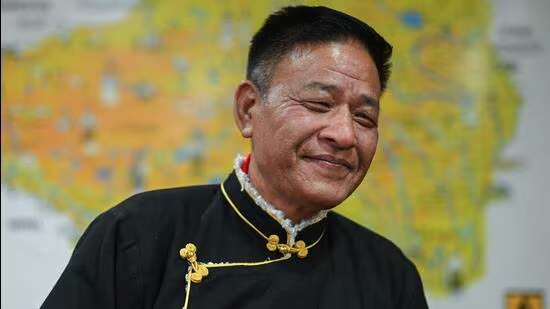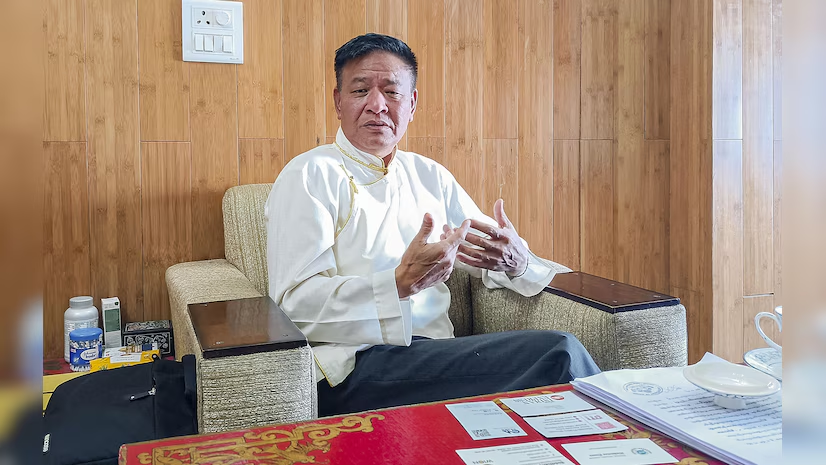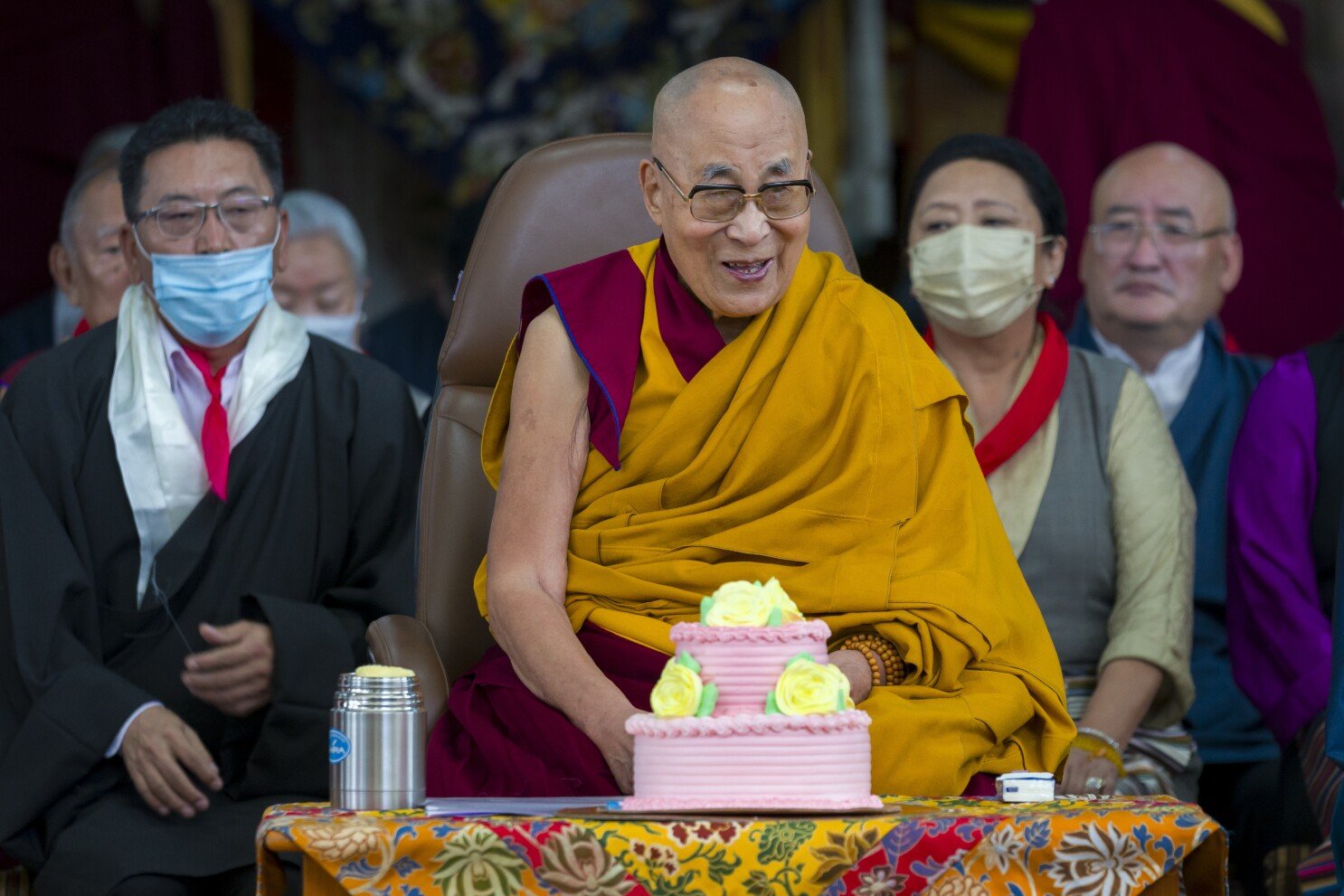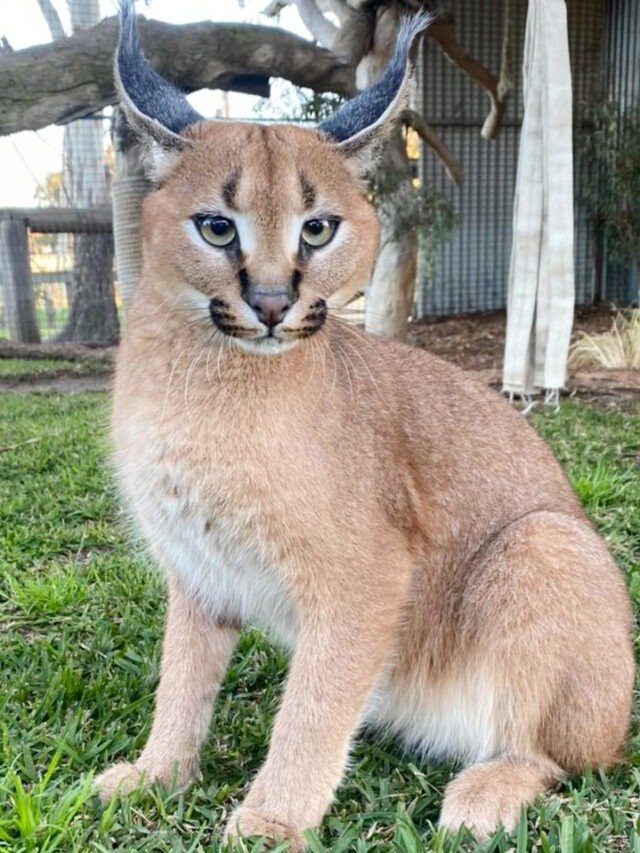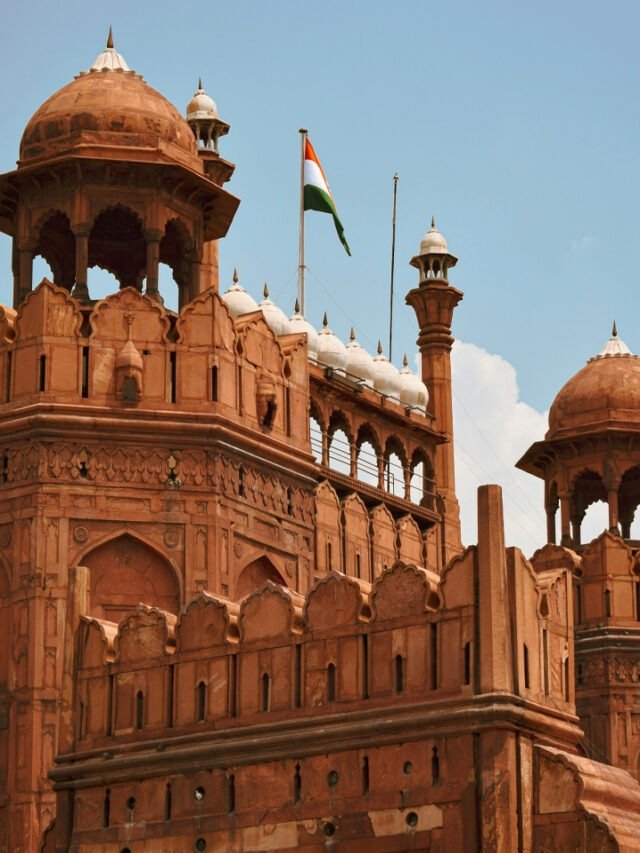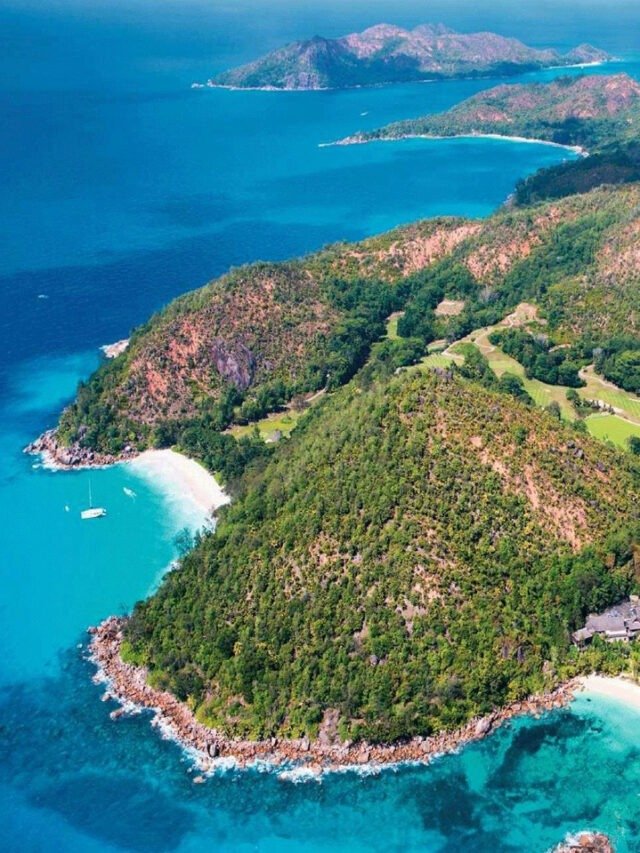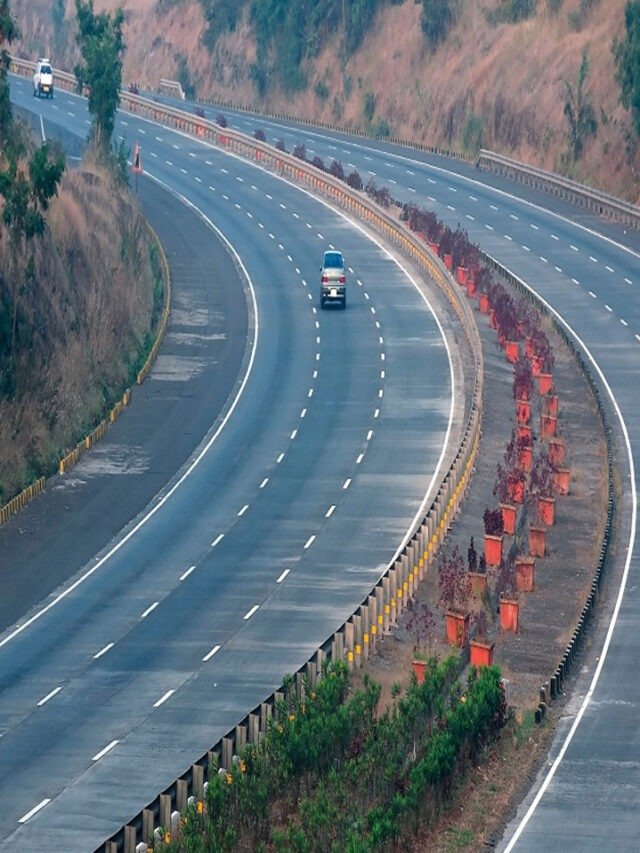DHARAMSHALA, April 28: On October 21, 2015, a 15-year-old Tibetan girl along with her sister was picked up by Chinese authorities in the Tibetan county of Ngaba and put behind bars for three years for publicly displaying portraits of the Dalai Lama and demanding a “free” Tibet.
In June last year, the girl, Namkyi, arrived in India weeks after entering Nepal following a 10-day arduous journey on foot with a “firm” resolve to aware people across the world about ‘Chinese repression’ in Tibet, according to her account.
Namkyi, now 24, says she is currently studying at ‘Sherab Gatsel Ling’, an educational institution being run by the Tibetan government-in-exile in Himachal Pradesh’s Dharamshala.
“What the Chinese government is showing to the entire world about Tibet is in total contrast to the real situation. The Tibetan people are living under increasing fear and repression,” she told a small group of journalists.
“China has been trying to undermine Tibet’s identity,” she alleges.
The Tibetan activists have been accusing China of denying religious freedom and trying to stamp out Tibet’s cultural heritage and identity. Beijing has been rejecting the charges.
“I want to tell the world what is happening in Tibet. I want to be the voice of the Tibetan people to let the world know about their pain and anguish, about the Chinese repression,” Namkyi said.
The girl, born to a typical nomadic family in Charo village, also recalled her and her sister Tenzin Dolma’s detention following their demonstration at a key locality in Ngaba, “calling for ‘Free Tibet’ and seeking swift return of the Dalai Lama to Tibet”.
“Not more than 10 minutes into our march, four or five police officers came from behind and snatched the portraits (of the Dalai Lama) from our hands,” she said about the October 21, 2015 protest.
“We did not let the portraits go from our hands and resisted the police action. Finally, the Police dragged us down the road and told us to be silent. But we shouted our slogans continuously,” she said.
“They handcuffed our hands, put us into the police van, and took us away to the detention centre of Ngaba County. Then, they took us to another detention centre in Barkam city.”
Namkyi said she and her sister were subjected to severe torture.
“We were interrogated in a small room where a heater was switched on with excessive heat. Different interrogators asked various questions such as who incited us to hold the protest; where did we get the portraits of the Dalai Lama and whether we had any acquaintances from outside etc,” she said.
“Despite mental and physical torture, we only responded that both of us freely decided to hold the protest, and no one incited us, and also that our family members knew nothing about it.”
Namkyi said the trial started nearly a year after the arrest.
“That day (when the trial began), we both saw each other for the first time since our arrest,” she remembered, adding the court sent to prisons.
“After three months in prison, I worked in a labour camp where copper wires were produced, and my sister made cigarette boxes at first, and then we were shifted to a wrist-watch manufacturing camp,” she said.
“Later, we learned that our family had sent food and clothes for us, but we never got anything from the prison authorities.”
“On 21 October 2018, we were released from prison after completing the prison term,” she added.
Namkyi alleged that the Chinese authorities “troubled” her family members and relatives in view of the demonstration held by her and her sister.
“On May 13, 2023, I started my journey of escape with my aunt Tsering Kyi without telling anyone,” she said adding they first crossed over to Nepal through a border point
Namkyi said she came to Dharamshala on June 28 last year.
In India for close to 10 months, she feared for the safety of her family members.
“I am worried that my family may be targeted,” she said.
Namkyi said her main aim now is to “let the world know the real situation in Tibet.”
“People are living in pathetic conditions in Tibet. I want to be their voice to the world. I want to visit various countries and spread and tell them what is going on in Tibet,” she added.
Namkyi said she had the opportunity to seek blessings of the Dalai Lama last year during which he underlined the need for working towards protecting the identity and cultural heritage of Tibet.
After a failed anti-Chinese uprising in 1959, the 14th Dalai Lama fled Tibet and came to India where he set up the government-in-exile.
The Chinese government officials and the Dalai Lama or his representatives have not met in formal negotiations since 2010.
Beijing has been maintaining that it freed “serfs and slaves” from a brutal theocracy in Tibet and bringing the region on the path of prosperity and modernisation.
China has in the past accused the Dalai Lama of indulging in “separatist” activities and trying to split Tibet and considers him as a divisive figure.
However, the Tibetan spiritual leader has insisted that he is not seeking independence but “genuine autonomy for all Tibetans living in the three traditional provinces of Tibet” under the “Middle-Way approach”.
Relations between the two sides strained further due to protests against China in Tibetan areas in 2008. (PTI)



